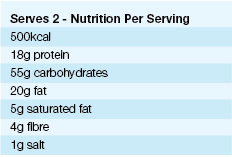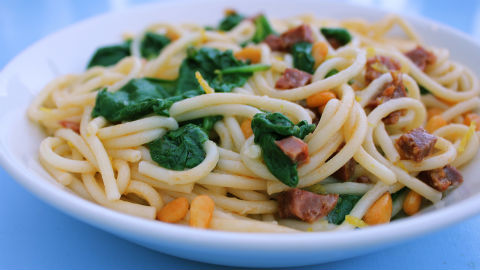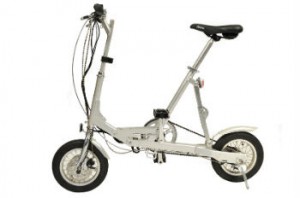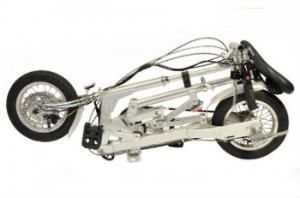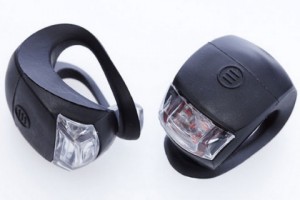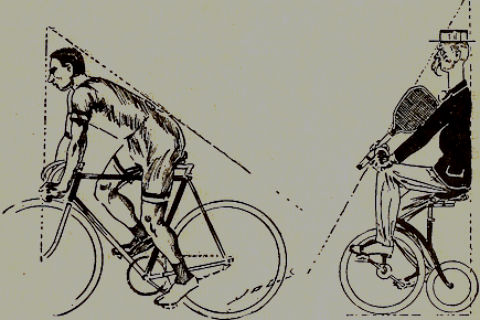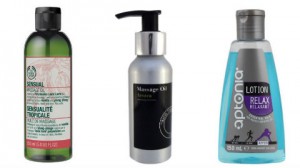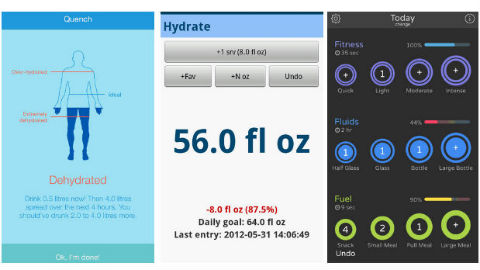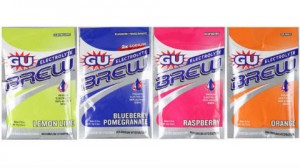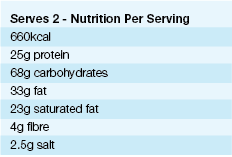Conditioning your body for exercise is key to avoiding injury and, for cyclists, there are some very key, prominent areas that are commonly injured. More often than not knowing which muscles to stretch and which to strengthen can prevent such injuries. Physiotherapist Claire Warburton looks at some of the most common problems…
Lower Back Pain
This is the most common complaint I’ve seen in cyclists. We all lead very sedentary lifestyles where work often involves long periods of time in a sitting position. This means that our hip flexors become very tight and overactive. This in turn causes the gluteals (your bottom) to be inhibited (not work very well) and you have a muscle imbalance. As the hip flexors originate from your lumbar spine as they become overactive they pull on this and you feel stiff and in pain.
Common Causes: Overactive hip flexors, weak core and gluteals.
Prevention: Stretch your hip flexors, strengthen the core and the gluteals.
Iliotibial Band Friction Syndrome
The iliotibial band (ITB) runs from the side of your hip down the outside of the leg and into the front of the knee. If your gluteals are not strong enough then as you push down on the pedals your knees will drop inwards past the midline and the ITB will tighten up in an attempt to stop this. Over time the ITB will become very tight and cause some pain, often at the insertion around the side and front of the knee.
Common Causes: increased side to side pelvis movement in the saddle, weak gluteals, overactive hip flexors.
Prevention: Strengthen the gluteals, roll or stretch the ITB and increase the saddle height.
Hamstrings Strain / Pain
When making the transition from trainers to cleats often the hamstrings will bear the brunt. In trainers all your power occurs when you push down and in cleats you have a much more equal balance between pushing down and pulling up as your feet are fixed to the pedals. Due to this change if your hamstrings are weak or too long or too short then you will feel pain. Commonly this pain is felt in the outside of the hamstrings, close to the head of the fibula bone just below your knee joint.
Common Causes: Weak hamstrings, overactive quadriceps and hip flexors.
Prevention: Stretch the quadriceps and hip flexors and strengthen the hamstrings and gluteals.
Calf Strain / Pain
The calf muscle plays a key role in how much power you can generate when you pedal. A common mistake is to push through the ball of your foot and allow your heel to rise up. When this happens the calf will be held in a shorten position through the push down and pull up phase of your pedal stroke. A good way to be more efficient is pedal as if you are trying to scrape your heel along the ground. There shouldn’t be too much movement from your calf at your ankle as the calf will be lengthened and shortened by the bending and straightening that occurs at the knee.
Common Causes: Incorrect pedal technique, cleats positioned incorrectly and overactive calf muscles.
Prevention: Alter the cleat position, stretch the calf muscles, have a bike fit to assess the pedal technique.
Neck Pain
Again our posture plays a part in how we feel when cycling. When we sit at our computers, iPads, phones we often allow the neck to be held in a sustained position and the shoulders hunch forwards. This causes a lot of stiffness in the upper back and weakness in the deep postural neck muscles. Add this to a poor bike position and you will find you are reaching too much for the handlebars and the neck has to extend more than it comfortably needs to.
Common Causes: Stiffness in the upper back joints, poor bike fit, poor core
Prevention: Roll or stretch the upper back, strengthen the core and neck muscles and have a bike fit to assess your neck position in relation to your reach to the handlebars
Feature by Claire Warburton, Physiotherapist at BodySync – You can follow Claire on Twitter @cawarbu
There are numerous guides to conditioning and strengthening online and Cyclo would also recommend Anatomy, Stretching & Training for Cyclists: A Step-by-Step Guide to Getting the Most from Your Bicycle Workouts by Lisa Purcell, available from Amazon.co.uk
Please note that the above is intended for general guidance only and is not intended to supersede the advice of your own medical practitioner(s). If in doubt always seek the advice of your GP, physiotherapist or other healthcare professional.
